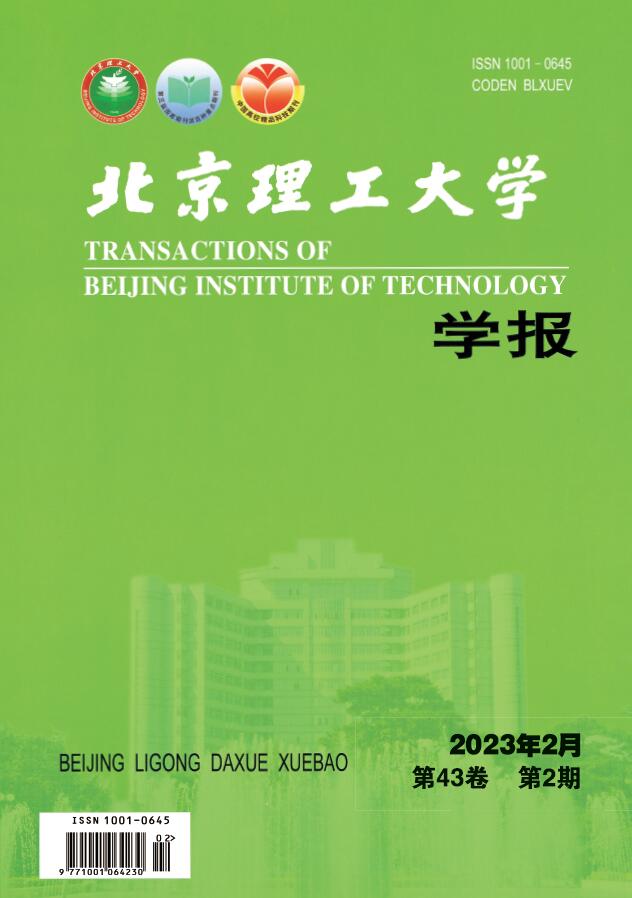2022 Vol. 42, No. 12
Display Method:
2022, 42(12): 1219-1228.
doi:10.15918/j.tbit1001-0645.2021.349
Abstract:
2022, 42(12): 1229-1235.
doi:10.15918/j.tbit1001-0645.2021.361
Abstract:
2022, 42(12): 1236-1245.
doi:10.15918/j.tbit1001-0645.2022.001
Abstract:
2022, 42(12): 1246-1255.
doi:10.15918/j.tbit1001-0645.2021.347
Abstract:
2022, 42(12): 1256-1263.
doi:10.15918/j.tbit1001-0645.2021.368
Abstract:
2022, 42(12): 1264-1272.
doi:10.15918/j.tbit1001-0645.2022.002
Abstract:
2022, 42(12): 1273-1282.
doi:10.15918/j.tbit1001-0645.2021.332
Abstract:
2022, 42(12): 1283-1289.
doi:10.15918/j.tbit1001-0645.2022.007
Abstract:
2022, 42(12): 1290-1298.
doi:10.15918/j.tbit1001-0645.2021.353
Abstract:
2022, 42(12): 1299-1304.
doi:10.15918/j.tbit1001-0645.2021.358
Abstract:
2022, 42(12): 1305-1311.
doi:10.15918/j.tbit1001-0645.2021.362
Abstract:
2022, 42(12): 1312-1320.
doi:10.15918/j.tbit1001-0645.2022.004
Abstract:
2022, 42(12): 1321-1328.
doi:10.15918/j.tbit1001-0645.2022.017
Abstract:


